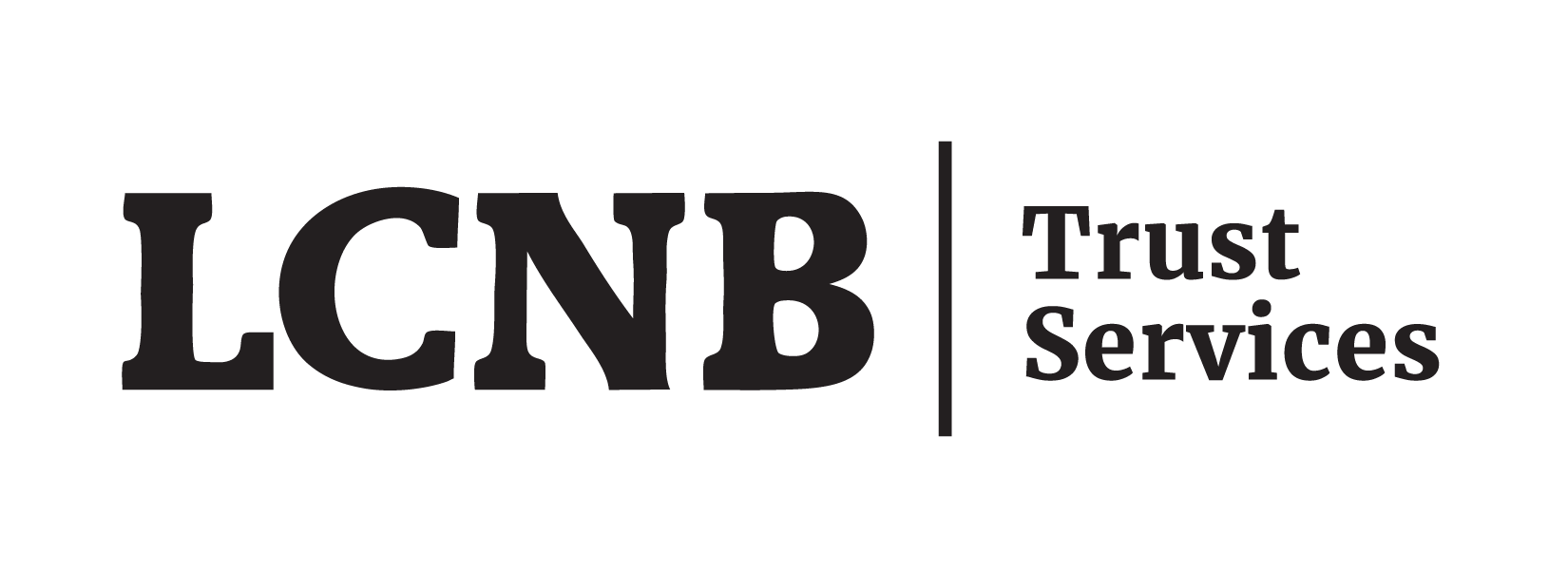Checking Rates
†APY = Annual Percentage Yield.
All Interest Rates and Annual Percentage Yields, except the Variable IRA Rate, are determined by this institution and are not tied to any index. We use the daily balance method to calculate the interest on your account. This method applies a daily periodic rate to the principal in the account each day. Interest will begin to accrue on the business date in which the deposit is made. Withdrawals and/or fees may reduce earnings. Advertised rates subject to change.
**Additional HSA Information:
For calendar year 2025, a “high deductible health plan” is defined under § 223(c)(2)(A) as a health plan with an annual deductible that is not less than $1,650 for self-only coverage or $3,300 for family coverage, and the annual out-of-pocket expenses (deductibles, co-payments, and other amounts, but not premiums) do not exceed $8,300 for self-only coverage or $16,600 for family coverage. These figures are adjusted by the IRS for inflation each year.
For tax year 2024, contributions are limited to $4,150 for single coverage and $8,300 for family coverage. For tax year 2025, the contribution limit for single coverage is $4,300 and $8,550 for family coverage. A catch-up contribution of $1,000 is available to persons age 55 and older. The contribution limits are adjusted for inflation each year. Contributions may be made for the prior tax year until April 15, 2025. For additional information, please see Publication 969, Health Savings Accounts and other Tax-Favored Health Plans at IRS.gov.
You can make no further contributions after age 65; however, the account may remain open to pay for qualified medical expenses.
HSA distributions used for non-qualified medical expenses are subject to ordinary income tax and, if taken before age 65, a 20% IRS penalty tax (unless the distribution is because of death or disability).
For calendar year 2025, a “high deductible health plan” is defined under § 223(c)(2)(A) as a health plan with an annual deductible that is not less than $1,650 for self-only coverage or $3,300 for family coverage, and the annual out-of-pocket expenses (deductibles, co-payments, and other amounts, but not premiums) do not exceed $8,300 for self-only coverage or $16,600 for family coverage. These figures are adjusted by the IRS for inflation each year.
For tax year 2024, contributions are limited to $4,150 for single coverage and $8,300 for family coverage. For tax year 2025, the contribution limit for single coverage is $4,300 and $8,550 for family coverage. A catch-up contribution of $1,000 is available to persons age 55 and older. The contribution limits are adjusted for inflation each year. Contributions may be made for the prior tax year until April 15, 2025. For additional information, please see Publication 969, Health Savings Accounts and other Tax-Favored Health Plans at IRS.gov.
You can make no further contributions after age 65; however, the account may remain open to pay for qualified medical expenses.
HSA distributions used for non-qualified medical expenses are subject to ordinary income tax and, if taken before age 65, a 20% IRS penalty tax (unless the distribution is because of death or disability).




